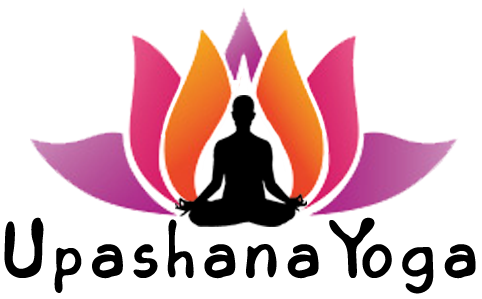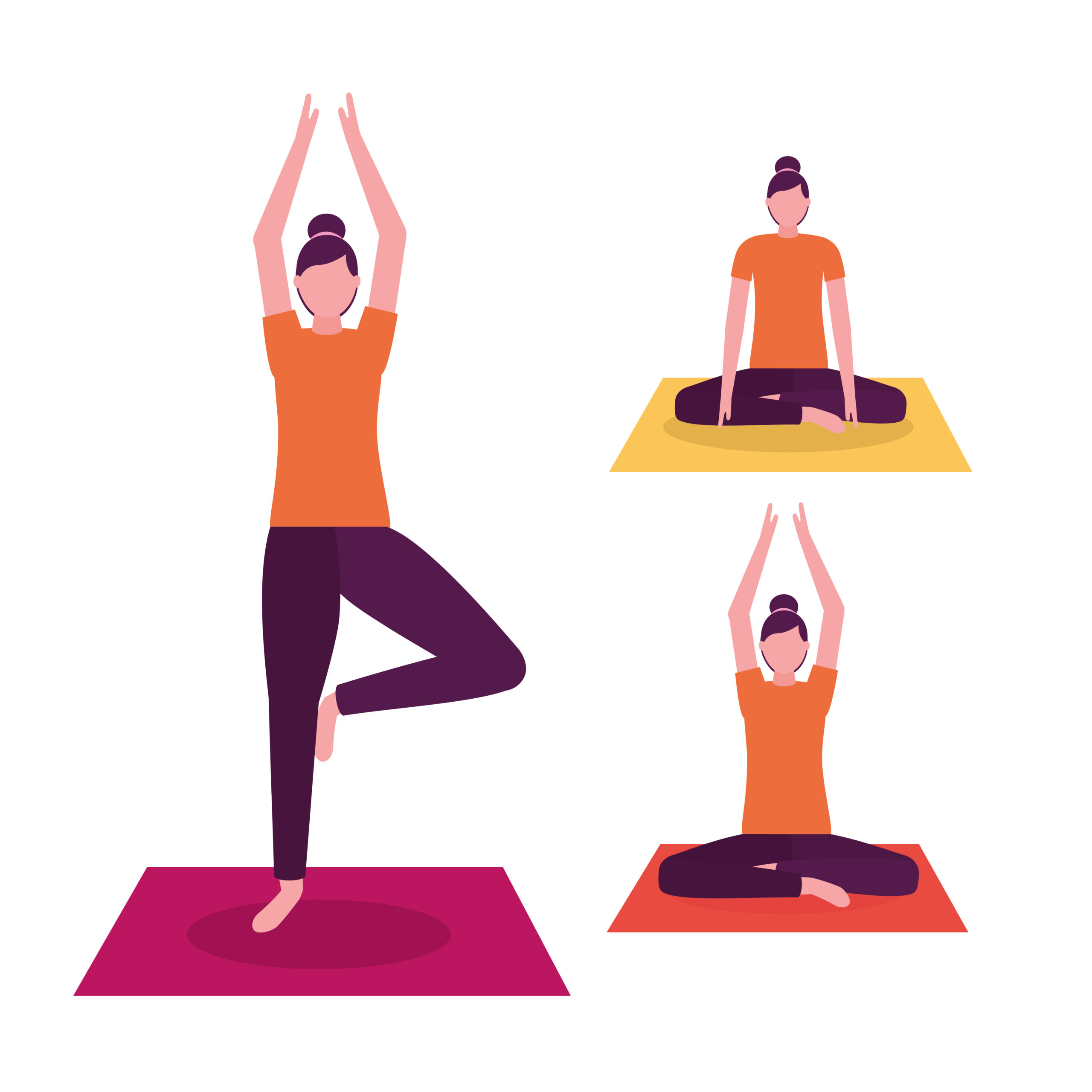Hamsasana is an intermediate balancing pose that also requires the active involvement of the arm, shoulder-length, core, glutes, and toes. In benefits, Hamsasana increases the energy level. And improves focus and concentration.
What Is Hamsasana (Swan Pose)?
The word Hamsasana comes from the Sanskrit word Hamsa means Swan. And Asana means Posture or Pose. So, this is a pose like a swan. In English, Hamsasna is known as Swan Pose. In this posture, the body is balanced in the prone position. It makes this asana one of the challenging asanas. If someone observes this asana from a distance it seems almost similar to the Plank Pose but with some uplift. Therefore, a practitioner can prepare their body for this yoga by doing Plank Pose. So they can cherish the Hamsasana Yoga challenge with ease.
(Also Read: Setu Bandhasana Or Bridge Pose Steps & Benefits)
Preparatory Poses Of Hamsasana:
Before doing Hamsasna, you can do the following preparatory poses. So, it can help you to do Swan Pose easily.
- Adho Mukha Svanasana (Downward Facing Dog Pose)
- Chaturanga Dandasana (four-limbed pose)
- Vajrasana (Thunderbolt Pose)
Steps To Do Hamsasana (Swan Pose):
Swan Pose has lots of physical and mental benefits. So, if you want to get fruitful results from this Yoga, you should do this pose in the correct way. Below are the steps of Hamsasna:
(Also Read: Baddha Konasana Or Bound Angle Pose Steps & Benefits)
Step 1:
At first, sit in Vajrasana. Then slowly start to separate the knees to bring a gap between them. And then place your palm at that place.
Step 2:
After that, rotate your hand in this manner that your fingers point to your foot. And your back of the elbow facing front.
Step 3:
Then, bring your pelvis forward slowly. And try to firm your abdomen on the base formed by the joining of the elbows. And then, respectively flex your core muscles to adjust the body.
Step 4:
Now, you place your head at some distance on the floor. That is like in order to assist your legs to become straight. And then, lift your head and try to make balance your body weight on the pointed toes and palms.
Step 5:
Then, keep your breath held or breathe slowly living in this position. And maintain the pose as per your ability.
Step 6:
Lastly, you can adjust your head on the floor. And then, bring your legs to the previous position. Now, lift your head by applying some pressure on the abdomen. After that, you can release your palm and return to the Vajrasana by reducing the space between the knees slowly. And then relax for a while.
(Also Read: Janu Sirsasana Or Head To Knee Pose Steps & Benefits)
Follow-Up Poses Of Hamsasana (Swan Pose):
After completing Swan Pose, you can do the following poses as the follow-up poses of Swan Pose.
- Mayurasana (peacock pose)
- Shavasana (Corpse Pose)
Benefits Of Hamsasna (Swan Pose):
Daily practice of Hamsasana brings you a lot of benefits that range from physical to internal. Below is the discussion about the benefits of Hamsasana:
1. Hamsasna Increases Flexibility and Strength:
In Hamsasana the muscular tissues of the arms, legs, hips, abdomen, and shoulders are engaged, specifically the gluteus maximus and the biceps triceps. With the repeated exercise of enticing those diverse muscular tissues, the ability is progressed thereby additionally strengthening them. The wrists, forearms, shoulders, stomach muscular tissues, and center muscular tissues benefit from higher power and stability, getting ready for difficult poses.
2. Hamsasana Improves Focus and Awareness:
The role of the hands with the flexing of the wrists creates a little instability initially, with loss of consciousness and balance. But with time, recognition of the breath, the contraction of the stomach muscular tissues squeezing the organs, the muscular electricity required, etc., help to live focused. Keeping gazed constantly at a factor allows will increase one’s consciousness and concentration. It additionally makes one greater privy to their frame and a way to distribute the load so that it will keep the posture, with complete breath recognition.
(Also Read: Anantasana Yoga Steps To Do And Benefits)
3. Organs and Stimulation:
The stress on the stomach wall from the elbows alongside the burden of the body places stress on this cavity. This reasons one to agreement the stomach muscle tissues and enhance them, stimulating the organs, mainly the stomach. Thus in a manner massaging and flushing out all pollutants which include the evacuation of the bowels. This massage, additionally guarantees exact blood delivery to all of the muscle tissues, maintaining them rejuvenated. The Swan Pose additionally make certain higher functioning of the alternative inner organs like kidney, liver, and pancreas.
4. Hamsasana Activates Manipura Chakra:
Since the Manipura Chakra is living withinside the navel, and this asana is so carefully running with the belly region, it’s miles believed that Hamsasana facilitates altering and stimulates the Manipura Chakra. A balanced Manipura Chakra facilitates an increase in one’s self-assurance in the self. It is also involved with governing the organs like the spleen, gallbladder, belly, and pancreas.
(Also Read: Parsvottanasana Yoga Or Intense Side Stretch Pose)
Precautions And Contraindications Of Hamsasana (Swan Pose):
Swan Pose is an intermediate-level pose, that comes with a few precautions to keep in mind. These are listed below:
1. Injury and Surgery:
Hamsasana places strain on the arms, wrists, shoulders, stomach, hips, chest, rib cage, and lower back. Hence, people with any type of damage to any muscles, ligaments, joints, or in any other case must refrain from this practice. It is obligatory to do warm-up practices for the wrists, shoulders, and stomach earlier than trying Swan Pose if certain joints are susceptible and at risk of damage. The identical must be finished below the steering of a yoga instructor and with the choice of the use of props, which are applicable. Recovering from a surgical operation on any belly organ, hips, knees, shoulders, or wrists is contraindicated and hence quality to keep away from this practice.
2. Women:
The alignment of Hamsasana calls for the elbows to be located properly above the abdomen – placing a certain quantity of stress on the uterus as well. This may be extraordinarily risky during pregnancy, postnatal, or menstruation, and subsequently, have to be strictly avoided.
3. Others:
People affected by high blood pressure, hernia, IBD (Inflammatory Bowel Disease), IBS (Irritable Bowel Syndrome), coronary heart conditions, issues with kidney or liver, affected a migraine, or whatever that reasons pain with the respiration have to refrain from Hamsasana (Swan Pose). Some can also add even sense dizziness or enjoy a head rush, because of the strenuous nature of this asana in view that they’ll restrict the waft of breath. Hence usually exceptional to concentrate on the frame while unsure and refrain from the practice.
(Also Read: Does Balayam Yoga Helps In Hair Growth?)
Conclusion:
Hamsasan is one of the strenuous asanas that improves the general muscular shape by including power into it. It is likewise beneficial in calming the thoughts through growing the blood circulation while the asana practice.
Practitioners can sign up for this asana to acquire stability in bodily and intellectual things of one’s frame. In the case of regular frame type, one could go through variation and change to attain the pinnacle of the mountain in this asana.













Leave a Comment